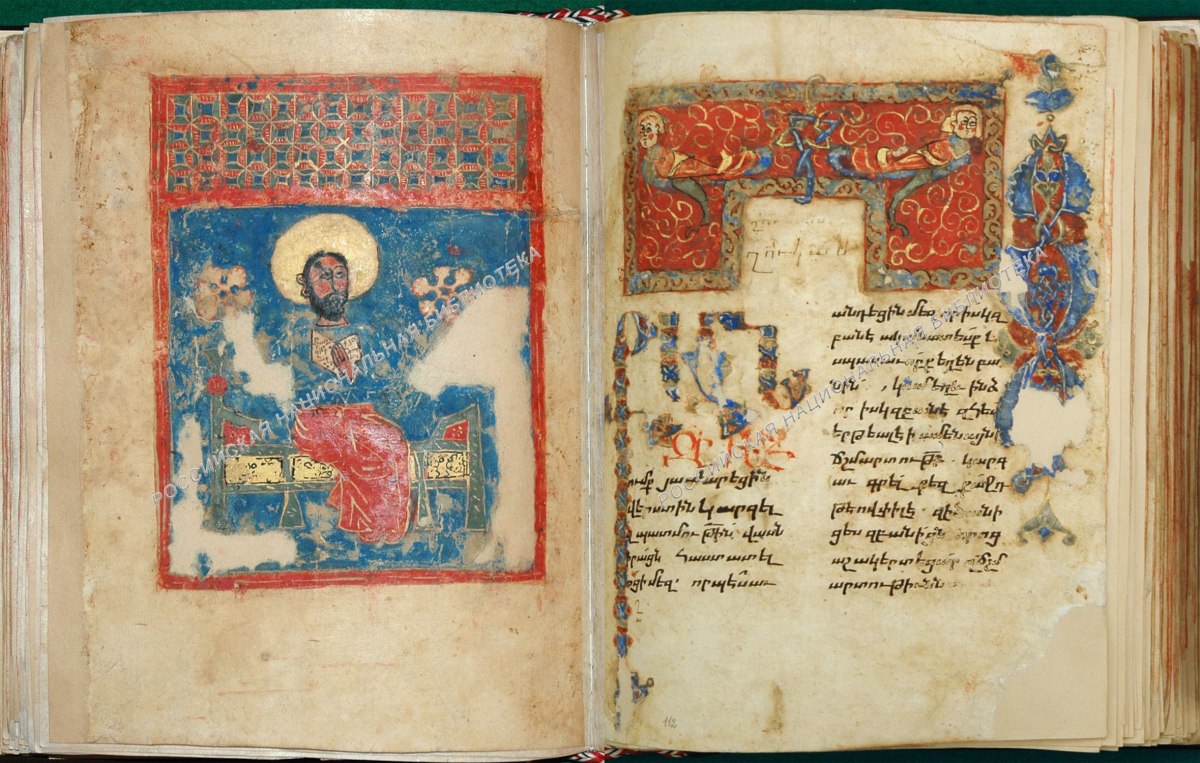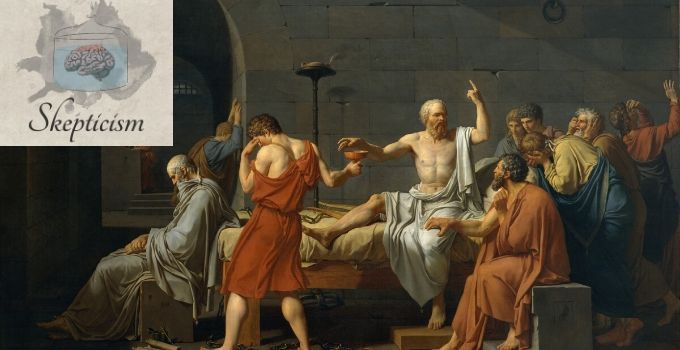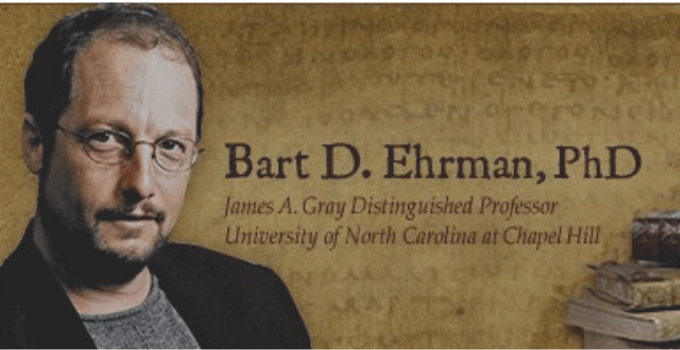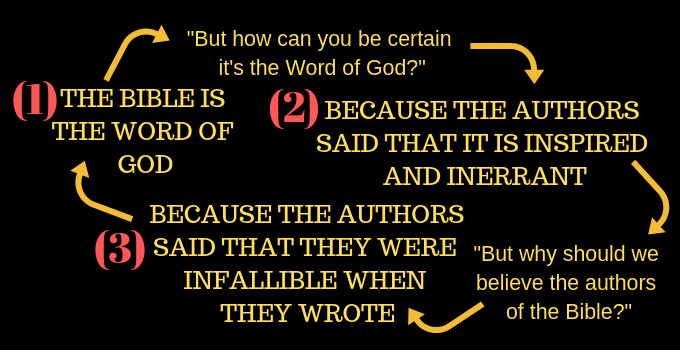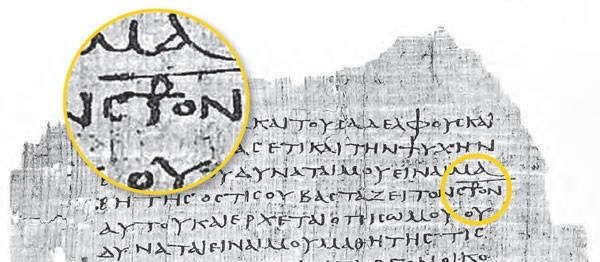Discover posts
How Are We to Explain the Scribal Errors in the Hebrew Manuscripts?
We know that there are mistakes in the Hebrew Old Testament manuscripts because they all have some different readings in them. If there were no mistakes, all of the Hebrew Old Testament Manuscripts would have read exactly the same with absolutely no difference, which would have required that God repeat the miracles of inspiration, moving the copyists along with Holy Spirit like he had done with the authors every time they picked up a pen. Yet, this simply was not the case. Mistakes were made. In fact, the same sopherim in Jesus' day took liberties with the text. Were these so serious that our Bible was corrupted so that the meaning God wished to convey was lost?
LEARN MORE ... https://christianpublishinghou....se.co/2019/02/28/how
Papyrus Rylands 458: The Oldest Copy of the Greek Septuagint
Papyrus Rylands 458 is a copy of the Pentateuch in a Greek version of the Hebrew Bible known as the Septuagint.
CONTINUE READING ... https://christianpublishinghou....se.co/2020/09/08/pap
Johann Jakob Wettstein [1693-1754 A.D.]: Was a Swiss Theologian, Best Known as a New Testament Textual Scholar
Wettstein rendered service to textual criticism by his collection of various readings and his methodical account of the manuscripts and other sources.
CONTINUE READING ... https://christianpublishinghou....se.co/2020/07/01/joh
What Do We Know About the Ancient Armenian Version of the Bible?
The Armenian Version of the Bible designated by (arm) dates from the early fifth century C.E., which includes all of the New Testament and was likely, prepared from both Greek and Syriac texts. It is often called the “queen of the versions” and many regards it as both beautiful and accurate. The New Testament is a very literal translation, which, of course, is quite helpful to textual criticism.
CONTINUE READING ... https://christianpublishinghou....se.co/2017/04/19/the
Patristic Quotations from New Testament Authors
Another primary source for recovery of the original text of the New Testament is the enormous number of quotations from the early Christian writers (apologetic works, epistles, commentaries, sermons, and the like). “Apostolic Fathers” is the descriptive term used for churchmen who wrote about Christianity in the late first and early second centuries. Some of...
Continue Reading →https://christianpublishinghou....se.co/2018/08/10/pat
Skepticism, Ambiguity, and Uncertainty Versus Ascertained Certainty and Faith
‘An easy and elegant skepticism is the attitude expected of an educated adult.’—British Philosopher Bertrand Russell. Skepticism is generally a questioning attitude or doubts towards one or more items of putative knowledge or belief or dogma. It is often directed at domains, such as the supernatural, morality, theism, or knowledge.
CONTINUE READING ... https://christianpublishinghou....se.co/2020/06/29/ske
The Bart D. Ehrman Stumbling Blocks: From a Conservative Evangelical to an Atheist?
Dr. Bart D. Ehrman has issues in several areas that drug him down from being a conservative evangelical Christian to an Agnostic and now an atheist. What can we learn from his missteps that led to his abandoning the faith?
LEARN MORE ... https://christianpublishinghou....se.co/2020/08/04/the
Is The Bible Authentic and Inspired?
It does seem reasonable that if there were a Creator, he would reveal himself to his creation, notifying them of his will and Purposes. With the world in the condition it is in, and the imperfection of man, there is little hope outside of the fact that there is a Creator. However, we do not want to set aside all reason and logic, to pacify ourselves with the idea of a Creator, simply for the sake of hope itself. If God did provide a form of communication, we would want to examine the facts honestly, to make sure that it is authentic and inspired.
LEARN MORE ... https://christianpublishinghou....se.co/2020/02/02/is-
What Is the Staurogram From Early Church History? (c. 150-200 C.E.)
The so-called ‘staurogram’ is a device that likewise seems to have been deployed in early Christian manuscripts as an expression of Christian faith. Specifically, the earliest Christian uses of the device are as part of the way that the words σταυρος (‘cross’) and σταυροω (‘crucify’) are written in some early manuscripts containing NT texts. The ‘staurogram’ comprise our earliest visual references to the crucified Jesus
LEARN MORE ... https://christianpublishinghou....se.co/2020/03/15/wha
TIP: As this platform only has 3 visibility settings
(Everyone, Friends, Only Me)
if you want to interact with people without laying bare your whole life,
try creating a page, group, or topic in the forum.
GROUPS can be set to private/invite only.
Don't forget to change the privacy settings on your posts
if you don't want everyone to see them!







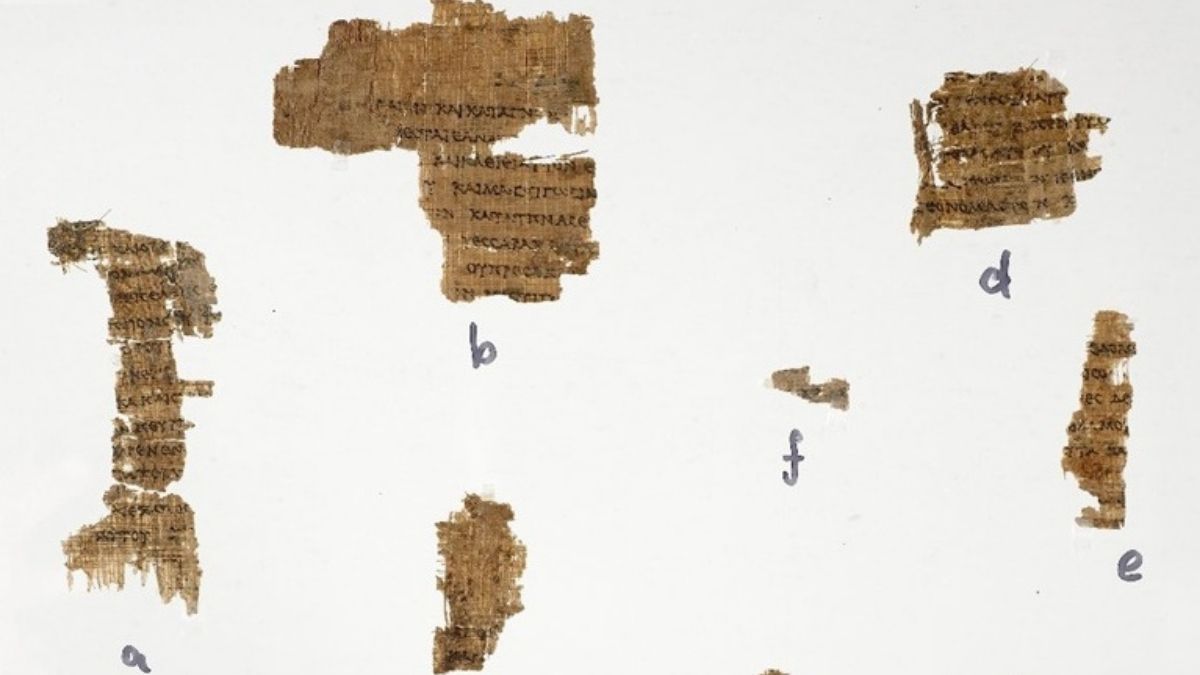
![Johann Jakob Wettstein [1693-1754 A.D.]: Was a Swiss Theologian, Best Known as a New Testament Textual Scholar – Christian Publishing House Blog](https://cornertable.us/upload/photos/2021/01/sEdEqc8dXWKD3uBvNkkO_url_image.jpg)
